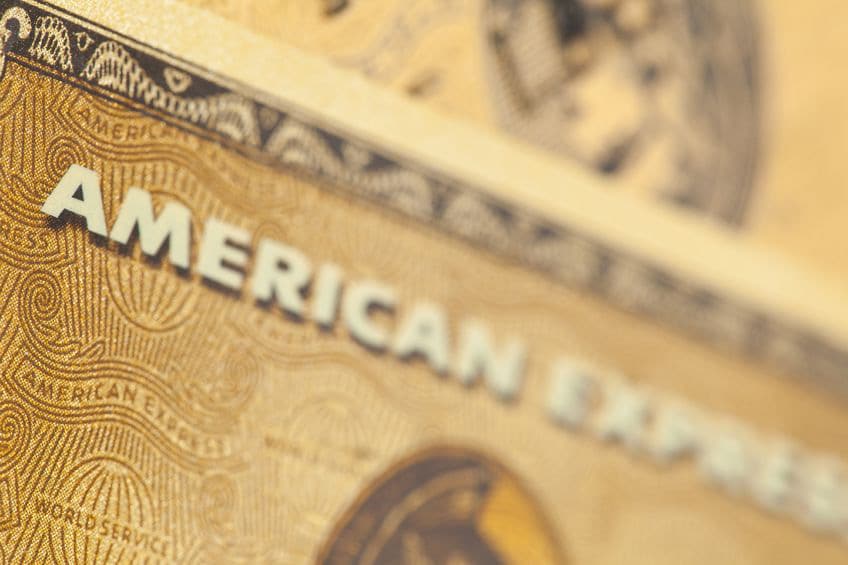 While much marketing news these days focuses on the plight of retailers hoping to reinvent themselves in the digital age, it isn’t just retailers who find themselves in need of reinvention. Many storied brands built on the spending power of Baby Boomers now find themselves at a crossroads – like American Express. With legendary CEO Kenneth Chenault retiring after a string of setbacks, Amex looks to new CEO Stephen Squeri to restore luster and loyalty to a brand whose star has fallen. What will the Amex renaissance look like? Stay tuned.
While much marketing news these days focuses on the plight of retailers hoping to reinvent themselves in the digital age, it isn’t just retailers who find themselves in need of reinvention. Many storied brands built on the spending power of Baby Boomers now find themselves at a crossroads – like American Express. With legendary CEO Kenneth Chenault retiring after a string of setbacks, Amex looks to new CEO Stephen Squeri to restore luster and loyalty to a brand whose star has fallen. What will the Amex renaissance look like? Stay tuned.
By Rick Ferguson
The Wall Street Journal illustrates the plight of American Express with an anecdotal example that may resonate with many longtime Amex cardholders:
“Entrepreneur Christopher Burch has been a loyal user of American Express Co. since 1979. This year, he switched almost all his spending to J.P. Morgan Chase & Co.’s Sapphire Reserve card… Mr. Burch… recalls that AmEx’s concierge service in recent years was unable to get him tables at several high-end NYC restaurants; hotel upgrades became ‘bland’… In June, Mr. Burch emailed Mr. Chenault to share his disappointment. A few weeks later, Mr. Burch said, he received an email from a ‘customer relations representative of the executive office’ that read like a form letter.”
While Br. Burch’s travails may seem like first-world problems in the face of a year marked by natural and man-made disasters, the truth is that Amex needs to win back the Christopher Burch’s of the world if the company is to stave of fierce competition by rival luxury card issuers and upstart disruptors. Thanks in large part to the loss of high-profile co-branding partners such as Costco and JetBlue, Amex’s share of total US credit card purchase volume declined to 22.9 percent last year, down from a 2014 high of 26 percent. New CEO Squeri has a formidable set of challenges before him:
- Fend off upstarts such as PayPal, whose market capitalization now exceeds Amex;
- Reinvent the American Express Platinum Card – and maintain profit margins – in a premium card market driven by increasingly lucrative rewards;
- And capture the interest of Millennials, who hold few Boomer-era brands in high esteem.
So far, departing CEO Chenault has been content to tinker on the margins; the company has invested in digital to improve its customer experience, signed digital partnerships with the likes of Airbnb, Facebook, and Uber, and has ramped up advertising spend. Still, Amex’s biggest untapped opportunity may lie in better use of data to drive personalization and relevance. While the company provides excellent customer service to its Platinum cardholders, rare is the Amex cardholder who receives a partner offer or reward redemption opportunity based on geographic location, purchase history, or reward redemption data. One way to avoid the arms raise in the premium card market is to make your reward dollars work harder – and the most efficient way to do so is to mine the value from cardholder data to personalize the reward experience.
Ultimately, we needn’t worry about Amex; they’ll be fine. Chenault is leaving the company on a high note, with profits up, a new exclusive co-branded partnership with Hilton to celebrate, and an improved financial outlook for the year. Amex and its rivals should, however, take note: with the premium card market saturated, and Millennials as likely to make purchases via PayPal, Venmo, or some other Silicon Valley upstart as Amex, MasterCard, and Visa, the winners in the payments space will be those companies who best focus on a data-based approach to building differentiated, value-added customer relationships. For American Express, here’s no time like the present.
Rick Ferguson is Editor in Chief of the Wise Marketer Group and is a Certified Loyalty Marketing Professional (CLMP).


